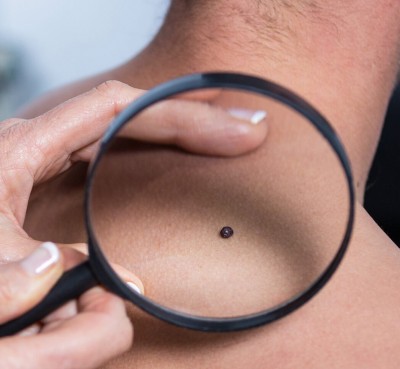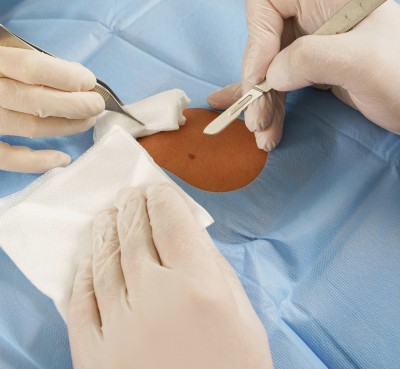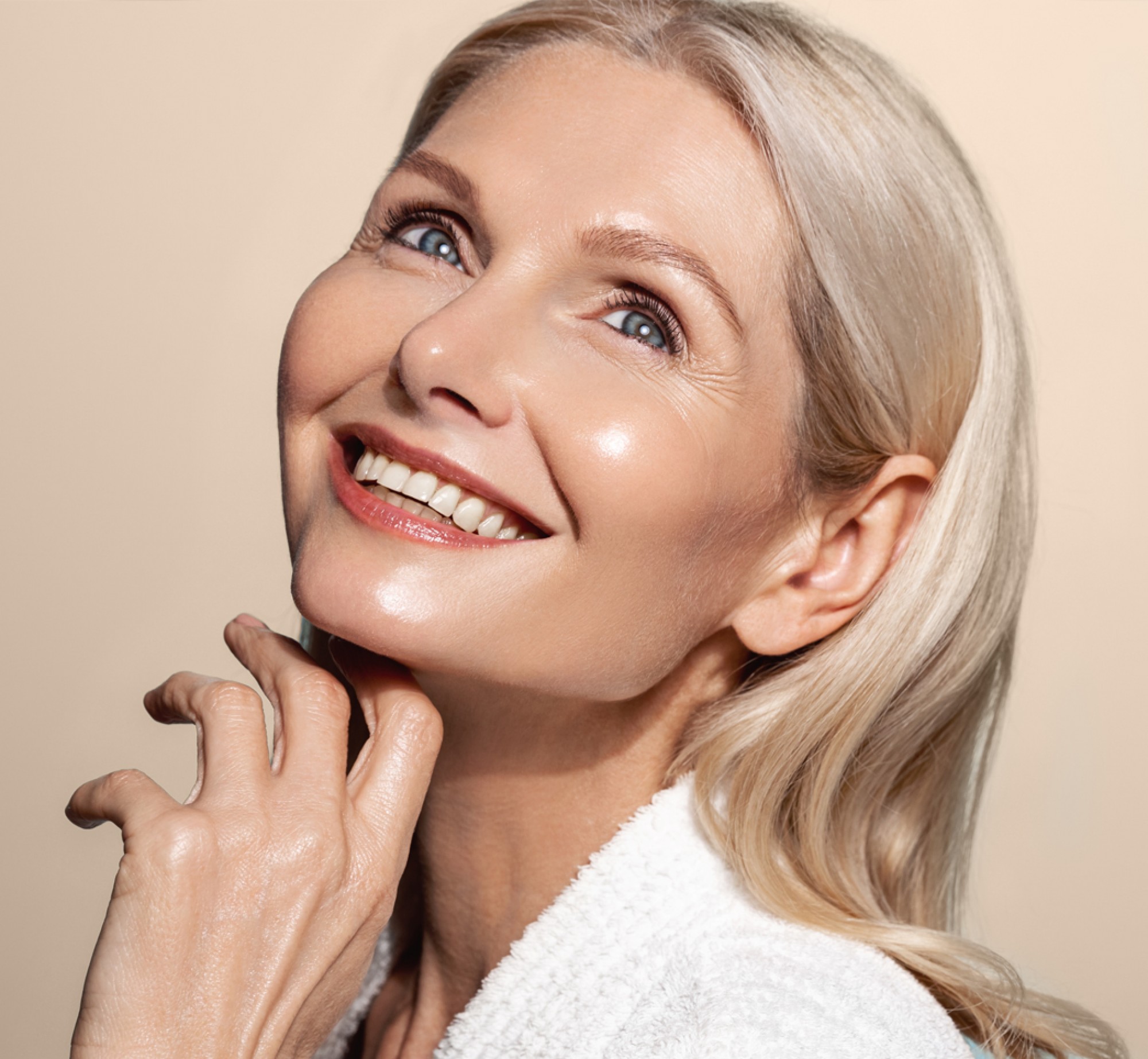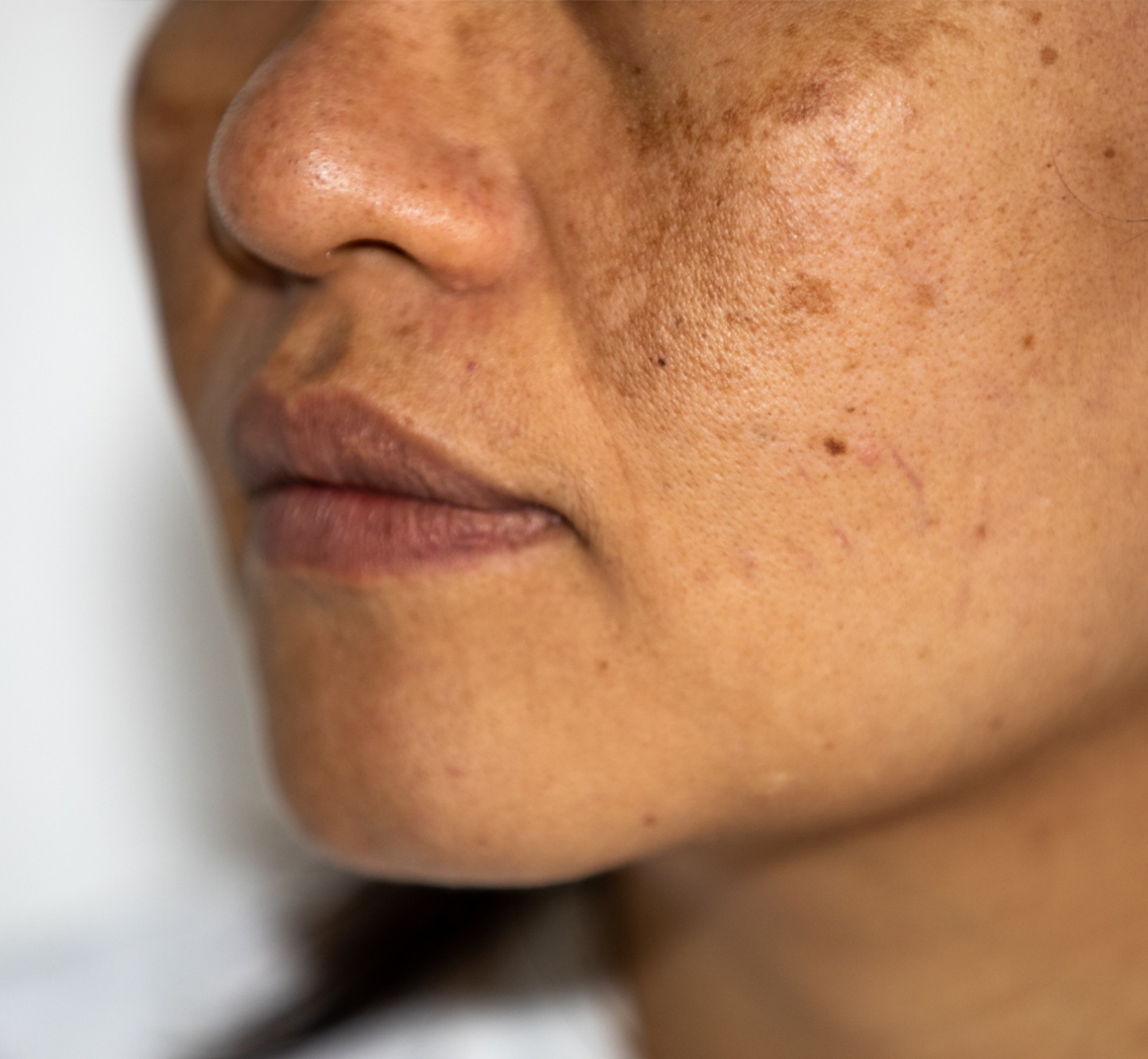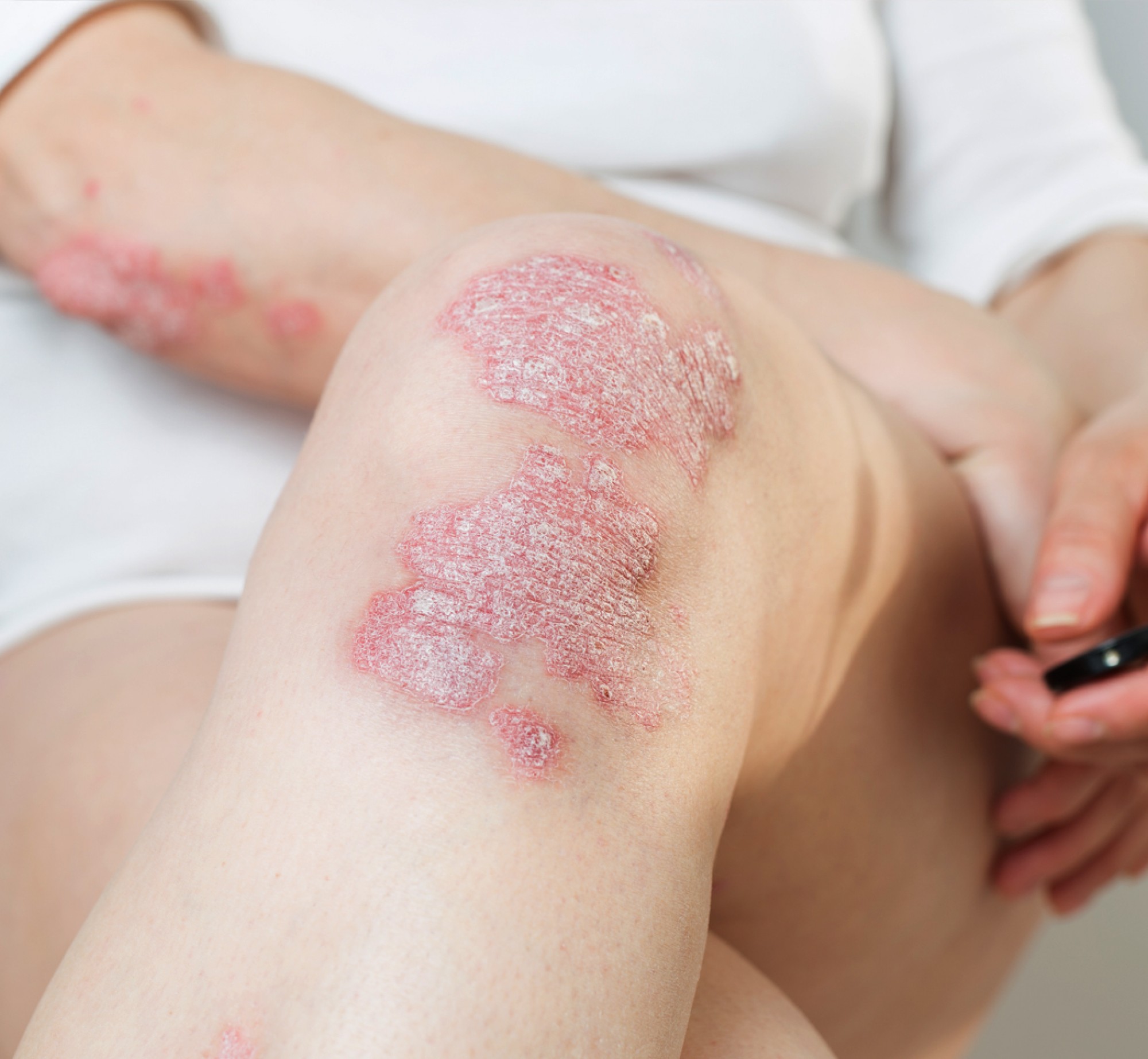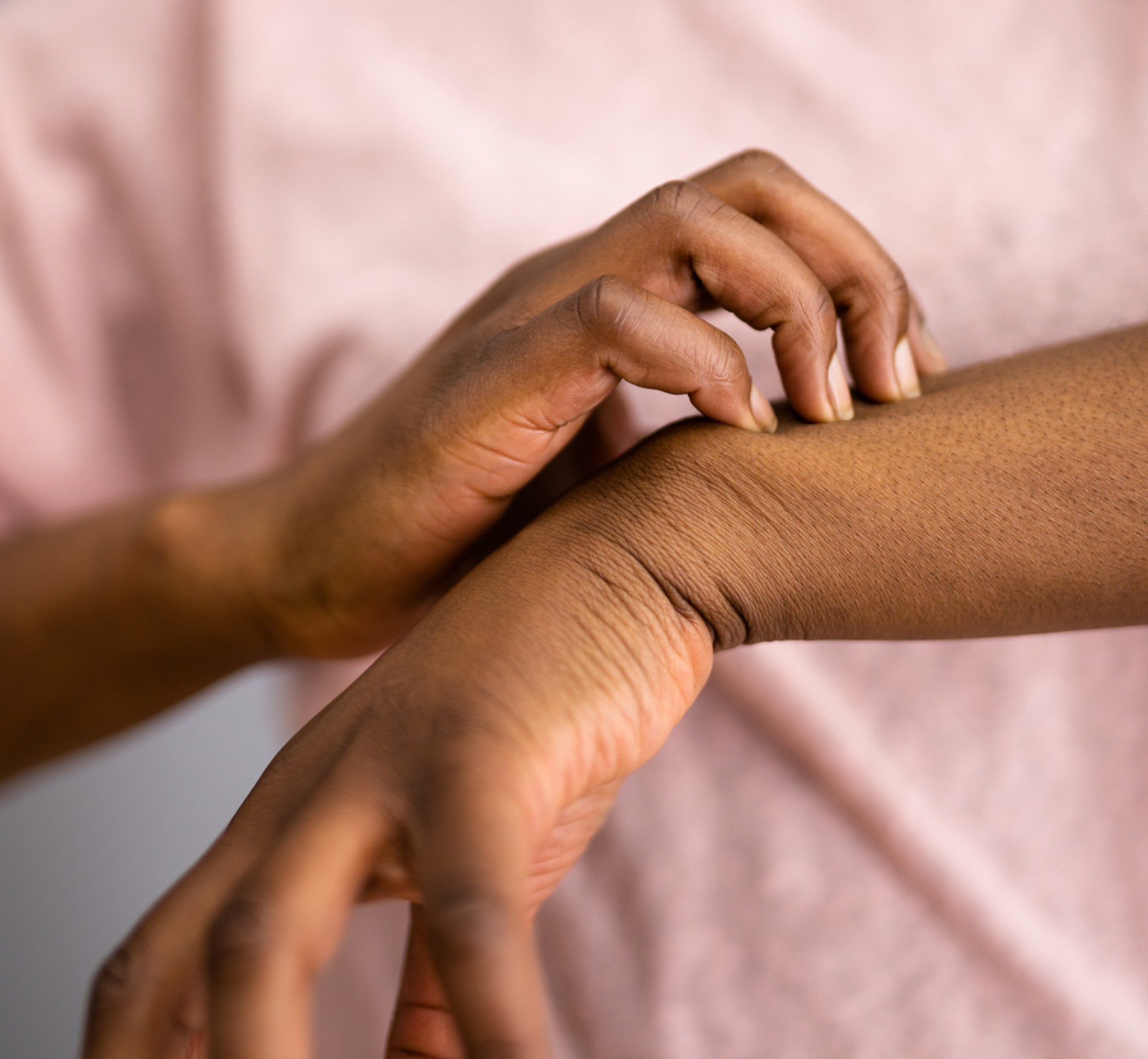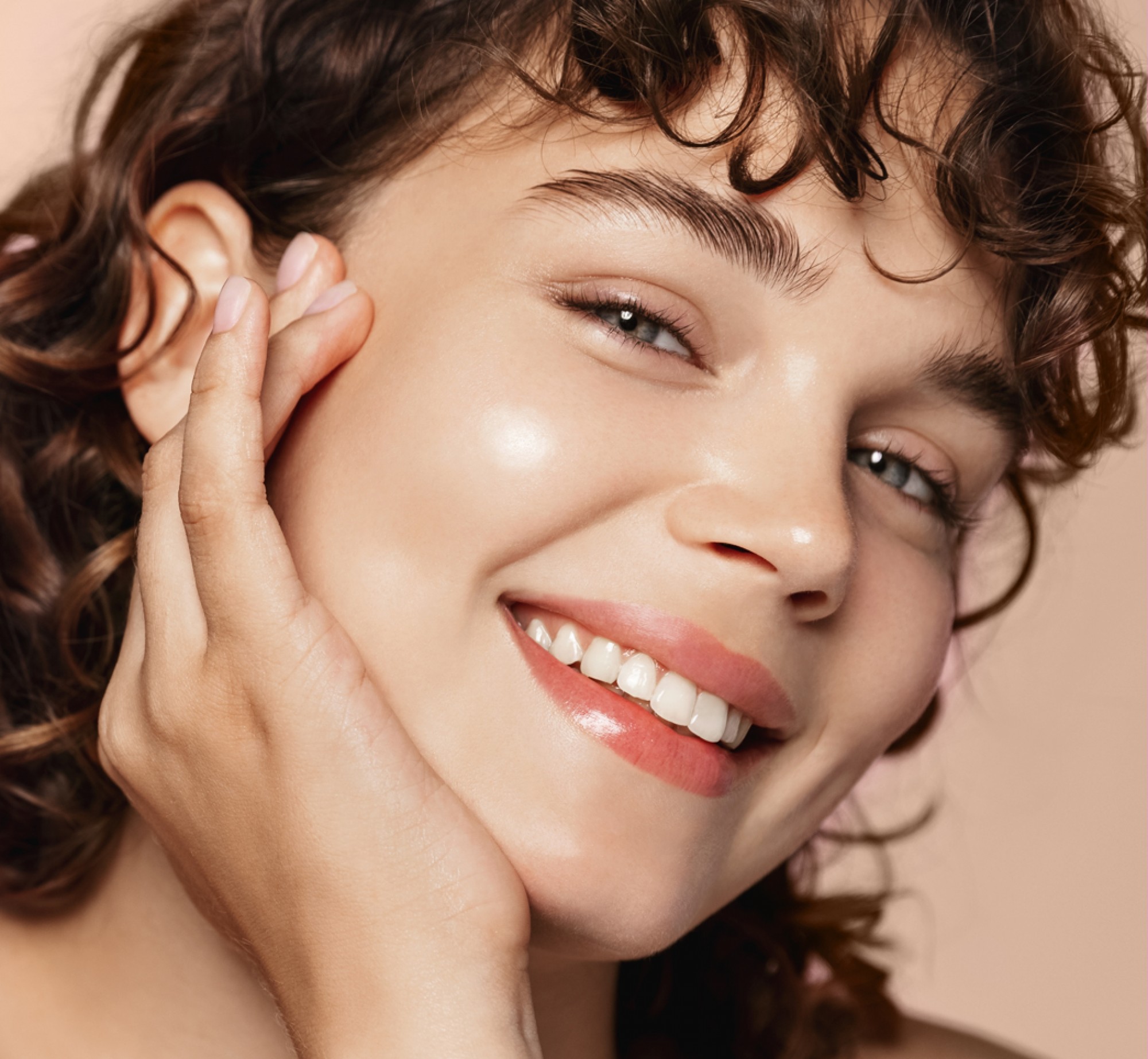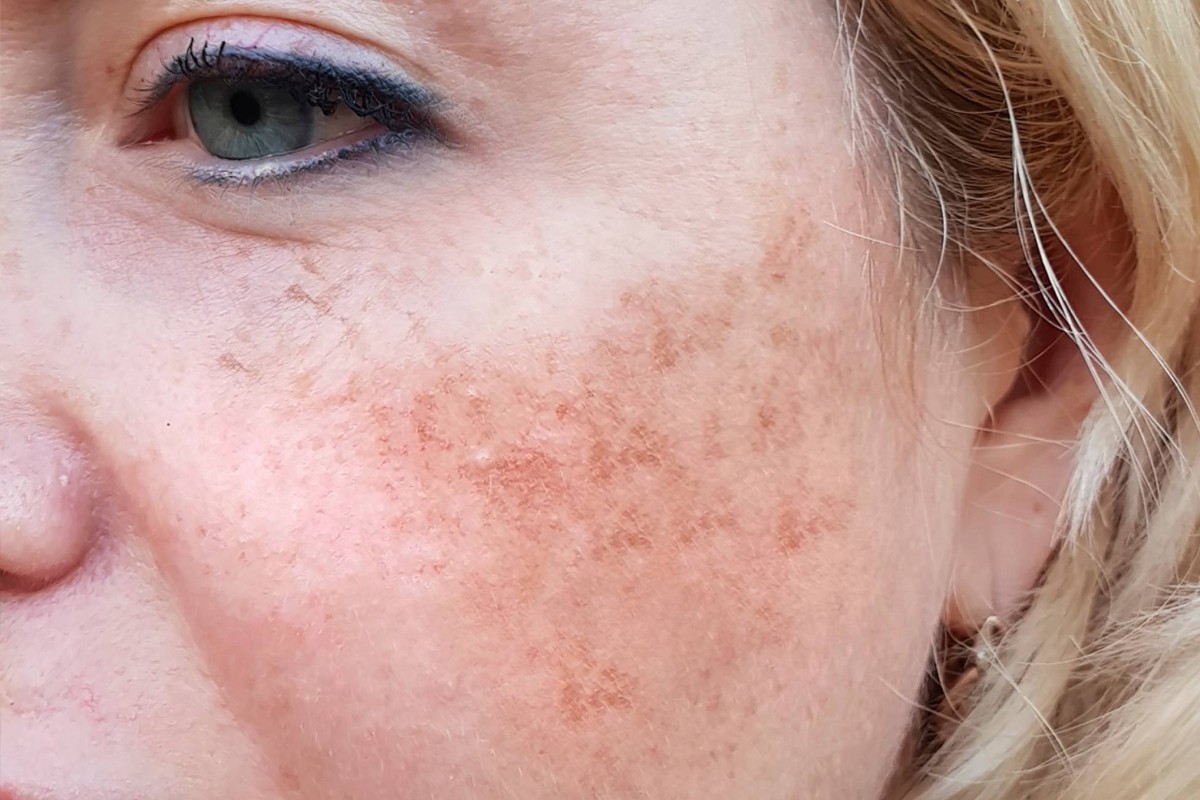The Blog
- Acne
- Maskne
- Melasma
- Pigmentation
- Hyperpigmentation
- Eczema
- Covid-19
- Rashes
- Covid-19 Vaccine
- Fillers
- Scars
- Botox
- Neurotoxins
- Skin
- Rosacea
- Seborrhea
- Anti-aging
- Skin Cancer
- Chemical Peels
- Allergies
- Infection
- Skin Tags
- Medical Care
- Dry Skin
- Skin Care
- Skin Care Tips
- Acne
- psoriasis
- Dandruff
- Impetigo
- Hair
- Intertrigo
If You Are Suffering from MELASMA this Article is a Must Read.
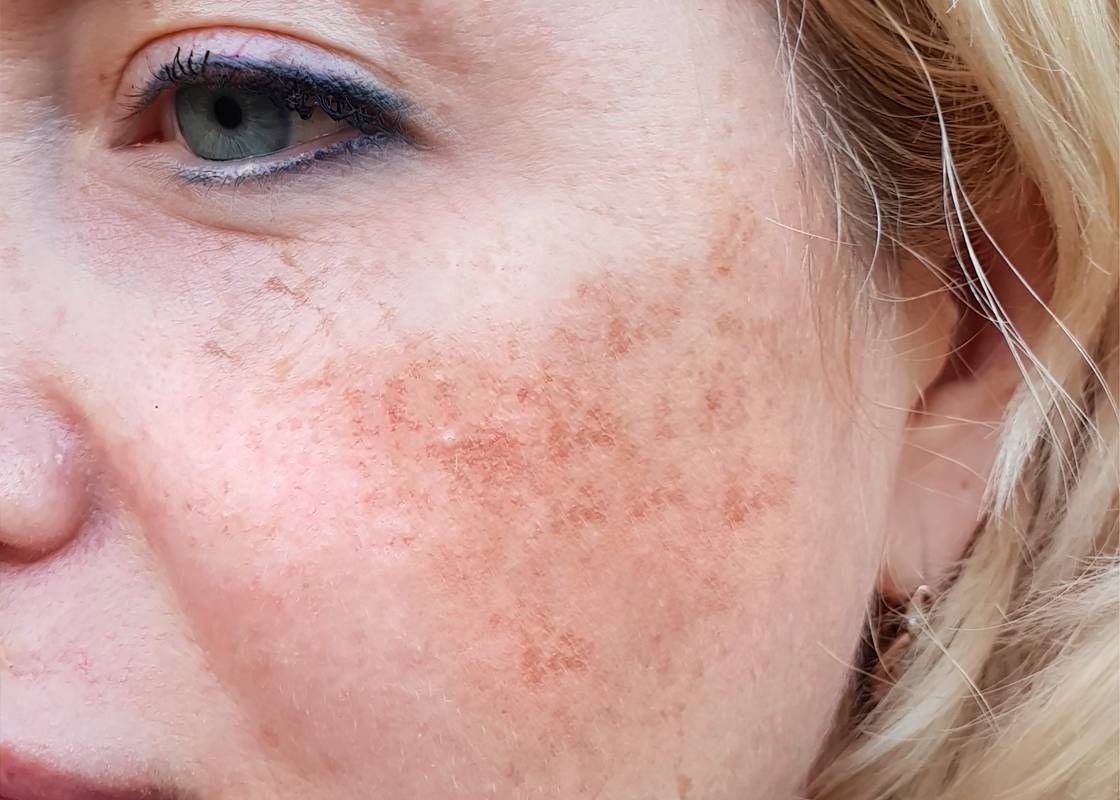
Many of my patients are finding that their Melasma, the mask-like pigmentation disorder, has returned during the last few months of summer. Melasma is an annoying, chronic skin discoloration caused by a variety of factors. Lisa, one of my patients, has been suffering for some time from dark patches on her face.
Lisa consulted me about my approach when it comes to managing Melasma to help guide her in deciding which the best and most effective methods for her skin and her lifestyle.
Lisa: Dr. Timani is there any hope for my facial pigmentation?
Dr. Timani: For sure Lisa! I know this can be a frustrating problem and like many other patients, you may have tried many faders and spent a lot of money on many over the counter products. But rest assured I will try to help. This is a long process but can pay off.
Lisa: Why do I have this excessive pigmentation on my face?
Dr. Timani: This is a very common problem, especially in females, and is related to our skin type, sun exposure, internal source of hormones, and external sources of hormones. It also is known as chloasma, the mask of pregnancy, and in medical terms is hyperpigmentation.
Lisa: My dark patches have a funny shape is this normal?
Dr. Timani: There are many shades of hyperpigmentation and many shapes, ranging from dark freckles on the upper cheeks to more diffuse irregular patches on the forehead, nose, upper cheeks, upper lip, and even chin area. With time cute freckles can expand and this is regarded as a sign of sun-damage. Lisa, you sound frustrated why?
Lisa: Because they get better in the winter and just keep worsening in the summer and never seem to go back to their baseline. Always a step in the wrong direction.
Dr. Timani: I hear this every day, most of my patients are active and outdoor, they enjoy time with their family and kids and of course they are not going to stay homebound to prevent worsening in the sunny seasons. Sun stimulates the pigment making cells to make more pigment. Sun nutritions the pigment-making cells, is how I like to think about it. Have you been wearing your sunscreen, Lisa?
Lisa: When I remember and to be honest I am not sure what is an ideal sunscreen!
Dr. Timani: Lisa It is so important to wear sunscreen every day rain or shine. There are so many elegant sunscreens on the market. Recent studies have shown that if you apply a good sunscreen more than once a day on your face and only that your pigmentation can improve by 40 percent. Even though I come to work early and leave late I always wear sunscreen.
Lisa: Ok I am more motivated can you tell me more about the ideal sunscreen?
Dr. Timani: I like an SPF ABOVE 35, and I average around 50. Higher SPF does not necessarily provide more protection. But I like mineral sunscreens, non-comedogenic or non-oily type especially those with both UVA and UVB protection. We even have sunscreens with antioxidants built into the product. I however always felt that there are wavelengths other than UVA and UVB that we need to protect ourselves from and that’s a hot topic now. I am going to discuss sunscreens in a different blog
Lisa: Are tinted sunscreens safe?
Dr. Timani: Yes, in fact, turns out that some brands have iron oxide and this mineral protects against more wavelengths like the visible light, in fact, the role of visible light is now a huge concern for many dermatologists. You might want to look at the list of ingredients and if you can’t find iron oxide, I can point you towards a few tinted sunscreens I like.
Lisa: What about treatments? I have tried some and will see some results but they are short-lived.
Dr. Timani: Hyperpigmentation, Lisa is 2 types superficial and deep, the superficial is the easier to improve. The deeper type takes patience. More recent studies show that there is a role of blood flow into the skin, which can bring in inflammatory markers that can further the damage. We are just beginning to have a deeper knowledge of how we can target the pigmentation.
Lisa: Can You tell me what type I have?
Dr. Timani: Yes! I frequently use a woods lamp, this is a very simple device that emits a special and safe blue light, so I can assess the depth. To be honest most of my patients have a combination type of both superficial and deep. So, if your pigmentation is superficial the patches are easy to identify and the edges are sharp. But If you have deeper pigmentation the dark patches blend with normal skin and the edges are blurred.
Lisa: So, will my evaluation just include this test?
Dr. Timani: No, I like to take my time to exclude other sources of pigmentation and other medical conditions of the skin that can cause such pigmentations. We also need to review your medical history and medications that you take if any because those can cause discolorations as well.
In some cases, we need to perform biopsies if the discoloration appears atypical or behaves atypically. There are chronic skin conditions that can contribute to dark spots too like eczema, acne, and so on. Those need to be identified and controlled as well.
If there is an active dermatological condition contributing to new pigmentation it makes sense to control that first otherwise we are swimming upstream.
Lisa: I have noticed dark patches on my arms and neck is this the same, can melasma affect these areas too?
Dr. Timani: I think that the forearms can be very similar to the face. The neck can be different there is a condition called Poikiloderma of Civatte that appears more reddish brown and mesh-like, it spares the mid-neck. I see very this type of discoloration commonly in both men and women and on routine checks. There are options too.
Lisa: I am starting to feel more motivated to reengage my melasma but tell me more about treatment options as I have used hydroquinone on multiple occasions, is there something new?
Dr. Timani: Absolutely! Granted that safety and tolerability are my main priorities, there are many exciting advances in combinations of established ingredients but many others that work in very novel mechanisms. I like retinoic acids, azelaic acid, kojic acid, Cyspera, and I think some antioxidants will play a big role in the future. Azelaic acid is very cool, it's an all in one. It helps with anti-aging, dark spots, and scars and is tolerated very well. We use it, especially for Acne-prone skin. There are a few concentrations and few formulations. Kojic acid is a very old and established ingredient and is underutilized. Cyspera is very interesting it suppresses pigmentation through a novel mechanism, it comes in handy when patients have tried many other topicals. Lisa, did you even know there is an oral treatment for pigmentation?
Lisa: Wow, I didn’t. I have heard about peels and lasers.
Dr. Timani: They may have a place in the right patient, Microneedling can help too. The key is the timing, the priming, and setting expectations. I have had great results with Microneedling, I use Rejuvapen and Platelet-rich Plasma during the treatment or special boosters against pigmentation and scarring like Biopelle. So far, I have not seen unwanted reactions. There are types of skins that are very unique and can react to treatments and procedures to reverse pigmentation adversely. And what has been so important in my practice is to make sure that my patient follows up and more important than everything that was mentioned setting a maintenance regimen.
Lisa: That sounds amazing but what about the downtime?
Dr. Timani: Downtime is actually minimal, same day possible and the next day you might be pink or red. Then there might be peeling. Especially if you combine the Microneedling with Platelet-rich plasma the healing will be impressive.
Lisa: What about the Hydrafacial does that help?
Dr. Timani: Yes, for sure this facial is very nice, it exfoliates, extracts and hydrates all in one, but various serums and boosters can be infused and some are very beneficial for hyperpigmented areas. Even simple but controlled microdermabrasion can be beneficial we heard a few years back that the physicality of microdermabrasion can help break up extra pigmentation in the middle layer through vibration possibly.
Lisa: What about the fader Hydroquinone I didn’t hear you mention it a lot?
Dr. Timani: On the contrary, I use it when necessary stand-alone or in compounds, but this topical has to be watched. When used with proper guidance it can be beneficial. There are over the counter forms of hydroquinone. But there is evidence that when overused the darkness can worsen and become more challenging to manage or fade. So, I do recommend that you consult with your dermatologist first. In Europe, there has been a movement away from hydroquinone.
Lisa: I am having a hard time with cover-ups, it looks awkward sometimes and I don’t know whether they are safe.
Dr. Timani: As long as they either have built-in SPF they should be fine, but if they don’t I want you to get a false sense of security from the effects of sunlight. I can say that I have seen so many advancements towards lighter more sheer products with many options for tints and shades. Some are even waterproof. I typically reserve them for special occasions. There are even compact powders with very decent coverage and SPF as well.
Lisa: I have been told to wait for winter to treat my pigmentation, should I touch basis with you then?
Dr. Timani: I actually practice the very opposite, I get more aggressive with the treatments in the summer so I can prevent the build-up of pigmentation. You don’t have to wait. There are safe options in the sunny seasons. There is no single golden approach, this is a very customizable approach and can vary from stage to stage of your discoloration and from season to season and is tailored to your goals and absolutely based on your previous experiences.
I hope I have convinced you to consult with me officially and I am so excited to help you with your facial goals. My philosophy is to customize a system with comprehensive mechanisms of action, the most optimal for sure. And to thoroughly discuss your options as well as set the expectations clear.




